Clipart tagged: ‘reflected’
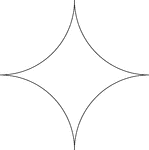
Reflected Arcs Of A Circle
A design created by dividing a circle into 4 equal arcs and reflecting each arc toward the center of…
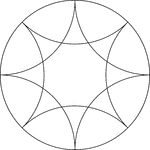
Reflected Arcs Of 2 Circles In A Circle
A design created by dividing a circle into 4 equal arcs and creating a reflection of each arc toward…
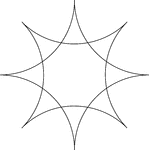
Reflected Arcs Of 2 Circles
A design created by dividing a circle into 4 equal arcs and reflecting each arc toward the center of…
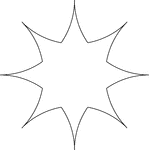
Reflected Arcs Of 2 Circles
A design created by dividing a circle into 4 equal arcs and reflecting each arc toward the center of…

Reflected Arcs Of 4 Circles In A Circle
A design created by dividing a circle into 4 equal arcs and creating a reflection of each arc toward…
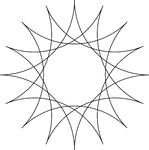
Reflected Arcs Of 4 Circles In A Circle
A design created by dividing a circle into 4 equal arcs and creating a reflection of each arc toward…

Reflected Arcs Of 8 Circles In A Circle
A design created by dividing a circle into 4 equal arcs and creating a reflection of each arc toward…
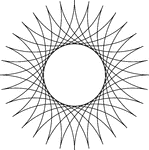
Reflected Arcs Of 8 Circles
A design created by dividing a circle into 4 equal arcs and creating a reflection of each arc toward…

Curved Image
"If the object a be placed obliquely before the convex mirror, then the converging rays from its two…

Reflection of Heat Using Concave Mirrors
"Suppose a red hot ball to be placed in the principle focus of the mirror, a, the rays of heat and light…

Plane Mirror
"Suppose the mirror, a b, to be placed on the side of a room, and a lamp to be set in antoher room,…

Plane Inclined Mirrors
"The incident rays, a and b, being parallel before they reach the reflectors, are thrown off at unequal…

Reflected Light
"The apparatus shown is used to prove that incident rays and reflected rays are equal." -Avery 1895

Reflected Motion
"Suppose a, b, to be a marble floor, and c, to be an ivory ball, which has be thrown towards the floor…
!["If the ball approaches the floor under a larger or smaller angle, its rebound will observe the same rule [of reflected motion]." -Comstock 1850](https://etc.usf.edu/clipart/35700/35754/reflect2_35754_mth.gif)
Reflected Motion
"If the ball approaches the floor under a larger or smaller angle, its rebound will observe the same…
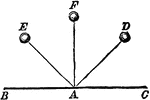
Reflected Motion
"... if a ball be thrown from F against the surface B C so as to strike it perpendicularly at A, it…
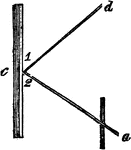
Reflecion of Light
"Let a ray pass towards a mirror in the line a, c, it will be reflected off in the direction of c, d,…